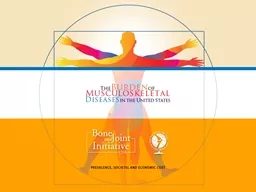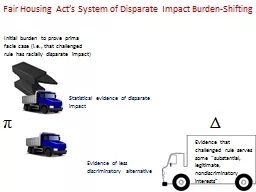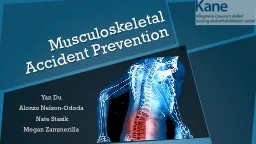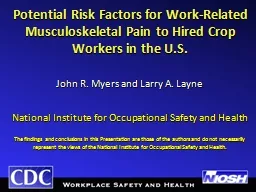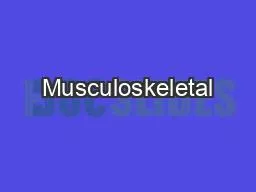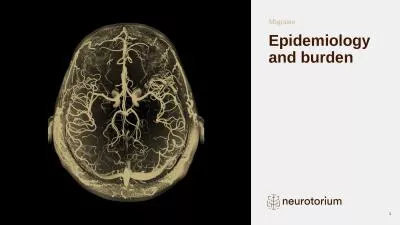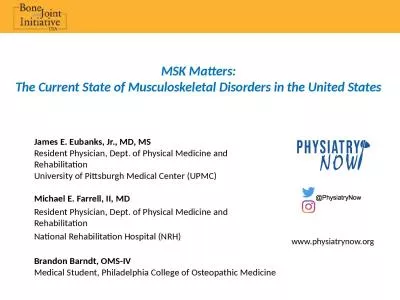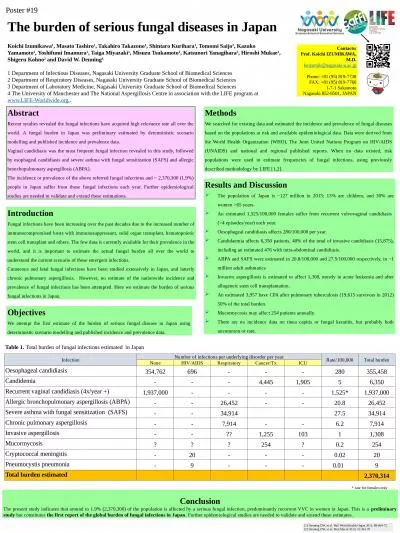PPT-Burden of Musculoskeletal Diseases,
Author : phoebe-click | Published Date : 2018-11-05
Third Edition Data to address goals of the Global Alliance for Musculoskeletal Health History 20022011 declared United States Bone and Joint Decade 2007 BMUS1 published
Presentation Embed Code
Download Presentation
Download Presentation The PPT/PDF document "Burden of Musculoskeletal Diseases," is the property of its rightful owner. Permission is granted to download and print the materials on this website for personal, non-commercial use only, and to display it on your personal computer provided you do not modify the materials and that you retain all copyright notices contained in the materials. By downloading content from our website, you accept the terms of this agreement.
Burden of Musculoskeletal Diseases,: Transcript
Download Rules Of Document
"Burden of Musculoskeletal Diseases,"The content belongs to its owner. You may download and print it for personal use, without modification, and keep all copyright notices. By downloading, you agree to these terms.
Related Documents

